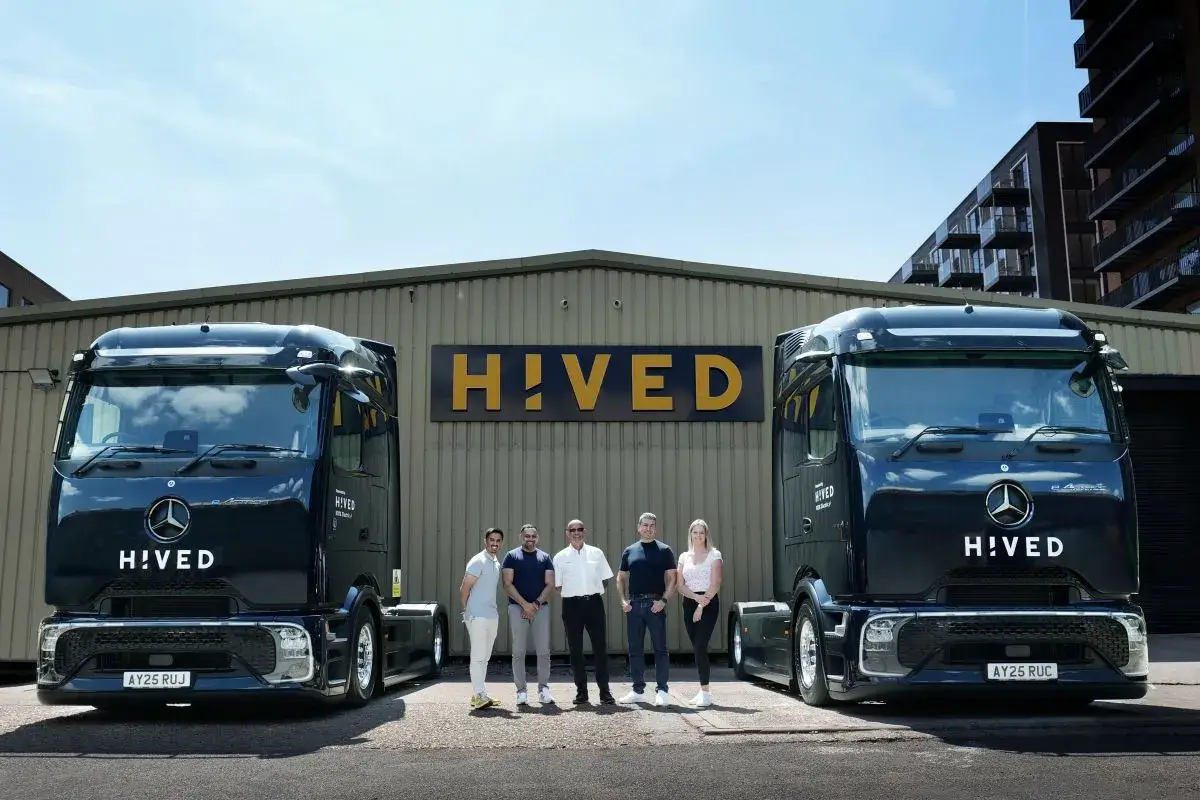Announced earlier this month, the government’s Depot Charging Scheme (DCS) is expected to support the installation of more than 3,000 van and 200 HGV charge points, as part of a broader £63 million package to encourage the uptake of electric commercial vehicles. The scheme targets the high upfront infrastructure costs faced by fleet operators, particularly in logistics and distribution.
James Venables, Head of Future Sustainability at Daimler Truck UK, said the initiative represents “a great start” but emphasised the need for targeted investment in public charging infrastructure capable of meeting the specific requirements of HGVs.
“To boost the take-up of battery-electric vehicles further, we need more places where they can be charged,” Venables said. “That’s a simplistic statement, and the truth is more nuanced. For these points to be truly effective, they must offer high enough power ratings and be sited in the right places.”
Read more about the topic in our detailed guide: Need EV chargers at your depot? Don’t miss this £1 million EV charging grant
Charging built into work patterns
Daimler Truck UK argues that without reliable, high-power public charging points located along key freight corridors and at delivery sites, hauliers may struggle to build recharging into their daily operations.
“Battery-powered trucks can be a practical option for UK transport if charging time is integrated with existing work patterns – for example, during statutory driver breaks or while vehicles are stationary at depots and loading bays,” Venables said.
According to the company, its new eActros 600 truck is capable of covering at least 500 km (310 miles) on a single charge at 40 tonnes GCW. Using standard 400kW CCS charging, the batteries can be replenished from 20% to 80% in under an hour. This could fall to around 30 minutes with the rollout of megawatt charging infrastructure, making it feasible for trucks to cover over 1,000 km (620 miles) per day without adding downtime.
A holistic approach
To support operators considering electric trucks, Daimler Truck has introduced a consultancy and services platform under the TruckCharge banner. The offering includes route and cost analysis, charging infrastructure planning, and digital charging management tools, all aimed at lowering the barriers to EV adoption.
“Many of our customers plan to install depot charging,” said Venables. “But better public infrastructure – the right charging points, in the right places – is a key enabler for the switch to sustainable transportation.”
Cost remains another concern. Venables noted that public charging must not only be powerful and well located, but also competitively priced and intelligently managed, with features such as pre-booking and real-time availability tracking.
In case you missed it: Hauliers fear EU disruption as EES launch approaches, warns RHA
Industry partnerships and public sector role
Daimler Truck is also investing in public infrastructure through Milence, a joint venture with Volvo Group and Traton Group. The initiative aims to develop a pan-European HGV charging network, with the UK’s first Milence site already operational in Immingham.
However, Venables cautioned that private sector initiatives alone will not be sufficient to achieve the scale required for full electrification of road freight.
“We want to help operators overcome any perceived obstacles, but now the industry needs the investment in public charging stations to remove any final doubts that electric trucks are the future,” he said.
Daimler Truck plans to offer only zero-emission vehicles from 2039 onwards, combining battery-electric and hydrogen fuel cell technologies. The company says it is already preparing its dealer network with product and technician training, and support for operators via dedicated eConsulting services.
“Together we have one planet and share the same decarbonisation goal,” Venables concluded. “We’re all aware that sustainable transportation is the future – now we must ensure the infrastructure is in place to support it.”









